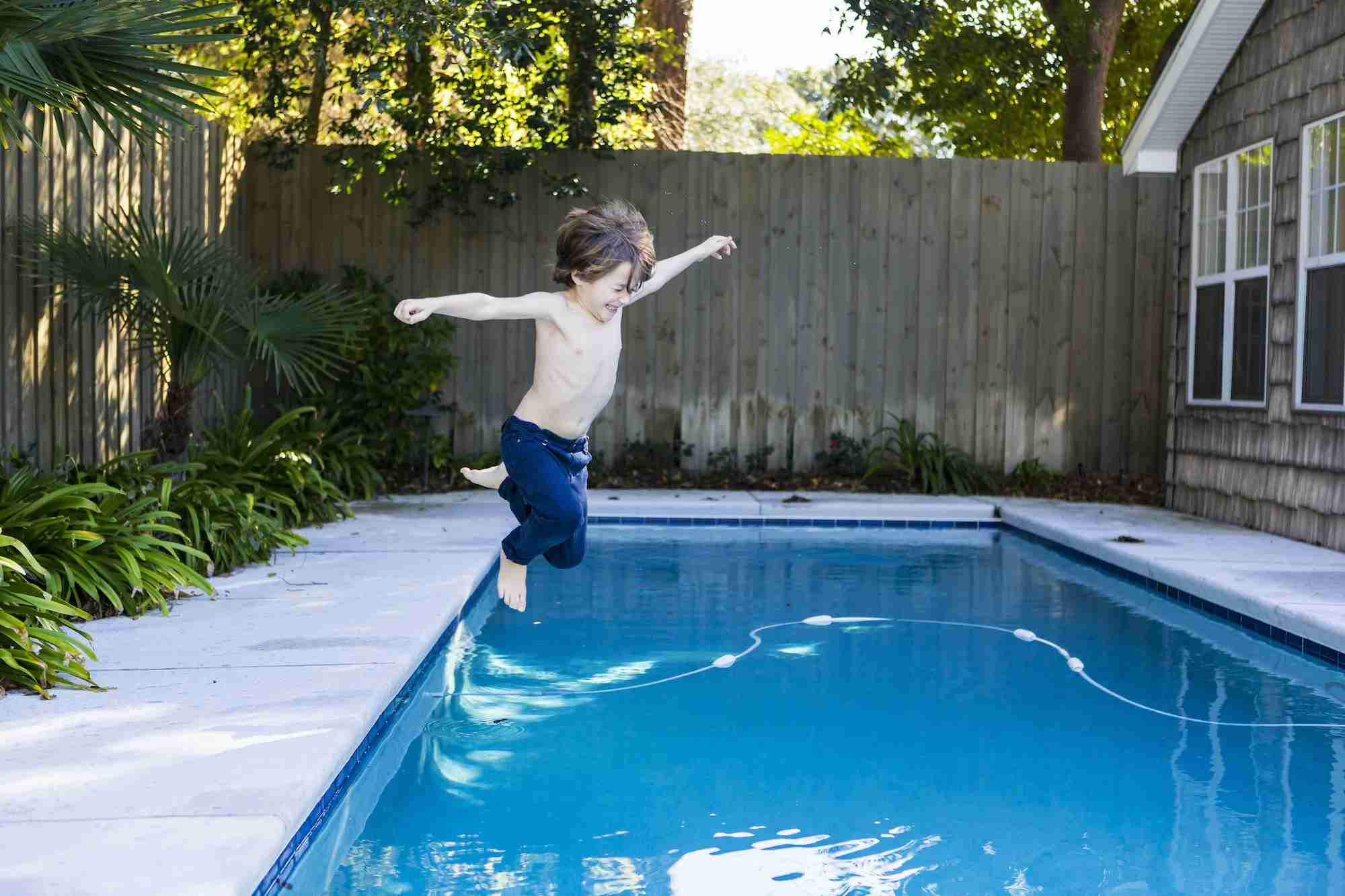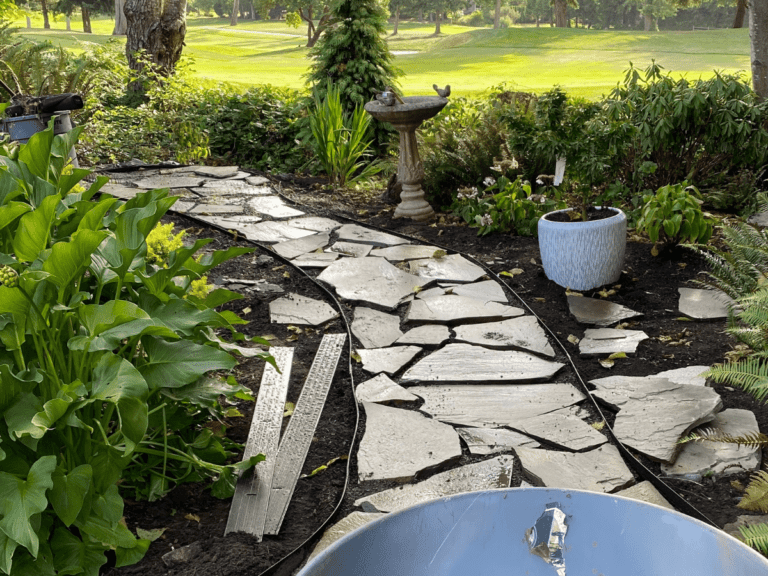Take These Steps to Keep Your Pool Safe and Looking Great
When most people think about pools, they think about pool parties, water games and all-time places for relaxation and fun. They can provide hours of enjoyment for friends and family, no matter the season.
However, it is important to take some steps to ensure its safety before jumping in, especially if you use it all-year round. Here are seven tips to help keep your pool looking great and safe for everyone to enjoy.
Keep your pool clean
This may seem like a no-brainer, but it’s important to regularly clean your pool to prevent the growth of bacteria and algae.
A dirty pool can be a health hazard, so be sure to sweep the floor and vacuum the walls and steps every week. You can also invest in automatic pool cleaners to make the job easier and to ensure that your pool is always clean. According to Maytronics, the leading manufacturer of robotic pool cleaners, an automatic pool cleaner can clean your entire pool in just a few hours, so you can spend more time enjoying your pool and less time cleaning it.
Additionally, make sure to collect leaves and other debris from the surface of your pool daily. This will help keep your pool looking clean and tidy and prevent any clogging of your filters.

Test the water quality
It’s important to test the water quality of your pool regularly to ensure that it is safe for swimming. You can purchase a water testing kit from your local pool supply store or online. Test the pH levels and chlorine levels of your pool water according to the instructions on your testing kit. Be sure to adjust the levels as needed to maintain a balanced pool.
For instance, if the pH levels are too low, this can cause skin and eye irritation. If the pH levels are too high, this can lead to the growth of bacteria and algae. Similarly, if the chlorine levels are too low, this can also cause skin and eye irritation. But if the chlorine levels are too high, this can make the water smell bad and cause respiratory problems.
Keep the filters clean
Your pool’s filters play an important role in keeping the water clean and clear. Be sure to regularly clean or replace your filters according to the manufacturer’s instructions. This will help ensure that your pool’s filtration system is working properly and that your pool water is clean and safe.
On the other hand, filters that are not cleaned or replaced regularly can become clogged, which can lead to dirty and unsafe pool water.
To clean the filter, first, remove it from the pool and then rinse it off with a hose. Once you’ve rinsed it, soak it in a bucket of filter cleaner for the time specified on the cleaner’s label. After soaking, rinse it off again and then allow it to dry completely before putting it back in the pool.
Shocking the pool
Shocking your pool is a process of adding a high concentration of chlorine to the water to kill bacteria and algae. This should be done weekly, or more often if needed. Be sure to follow the instructions on the shock product that you purchase.
After shocking the pool, it’s important to test the water quality again to ensure that the chlorine levels are back to a safe level for swimming.
However, shocking can be done more often if needed. For example, if you notice that the water is starting to turn green, this is a sign of algae growth, and you will need to shock the pool. Also, if you have a lot of swimmers using your pool, you may need to shock the pool more often to maintain clean and safe water.
Cover your pool
When you’re not using your pool, be sure to cover it with a quality pool cover. This will help keep your pool clean and prevent debris from getting into the water. For instance, leaves can fall into your pool and quickly dirty the water. A pool cover will also help keep animals out of your pool and prevent them from urinating in the water, which can contaminate it.
In addition, a pool cover can also help reduce evaporation, which can save you money on your water bill. And it can also help keep your pool warmer, so you can extend your swimming season.
However, make sure that the pool cover you purchase is designed for your specific type of pool. For example, if you have an in-ground pool, you will need a different type of cover than if you have an above-ground pool.
Be cautious of storms
Before a storm hits, be sure to take some precautions with your pool. First, remove any objects from around your pool, such as patio furniture, lawn chairs, and umbrellas. This will help prevent them from being blown into the pool and damaging it.
Second, if possible, bring your pool cover to a sheltered area to prevent it from being blown away by the wind. And third, if you have an in-ground pool, be sure to turn off the pump and disconnect any electrical cords. This will help protect your pool and equipment from damage due to the storm.

Maintain proper water level
Finally, it’s important to maintain the proper water level in your pool so that the pump can work properly. The ideal water level is about halfway up the skimmer. If the water level gets too low, it can cause the pump to overheat and burn out.
To check the water level, simply look at the skimmer. If you can see the skimmer float, then the water level is fine. But if you can’t see the float, then you need to add water to the pool.
You can add water to your pool by using a garden hose or a bucket. If you use a hose, be sure to turn off the pump first so that you don’t damage it. And if you use a bucket, be sure to dump the water slowly so that you don’t disturb the chemical balance of the pool.
By keeping the water clean with a regular filter cleaning routine, shocking the pool every week, and using a pool cover when not in use, you can avoid many common problems that can occur with pools and have one functioning and safe to use whenever you want.
Read more about a Palm Springs retro pool party inspiration here.







